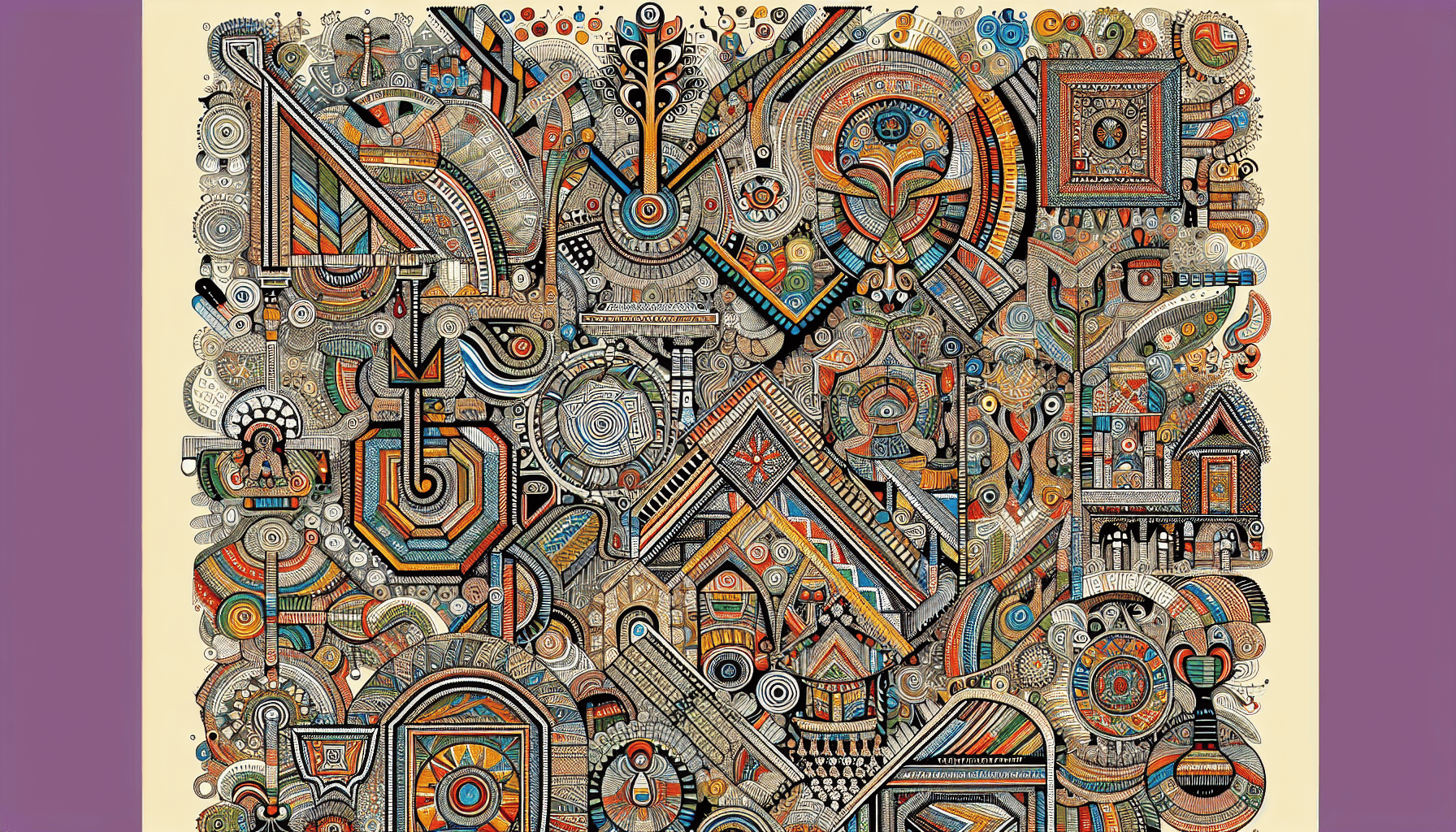Traditional Indian art is a rich tapestry of history, culture, and skill, spanning countless generations and reflecting the diverse heritage of the subcontinent. Despite the evolution of art in the contemporary world, traditional techniques in Indian art remain integral and influential. They are not only valued for their aesthetic appeal but also for their cultural significance and the stories they embody. In this exploration, we delve into three remarkable and enduring traditional art forms: Madhubani, Warli, and Pattachitra.
Madhubani Art
Originating from the Mithila region of Bihar, Madhubani art is characterized by its vibrant colors, intricate patterns, and themes often revolving around nature and mythology. Traditionally created by women on the walls and floors of their homes, this art form is now practiced on a variety of mediums, including canvas and fabric. The paintings frequently depict Hindu deities, such as Krishna, Rama, and Durga, alongside scenes from rural life, flora and fauna.
Madhubani art utilizes natural dyes and pigments, which contribute to its unique palette. The colors are typically derived from natural sources like plants and minerals—yellow from turmeric, blue from indigo, and green from the leaves of various plants. Artists employ fine brushes or even twigs to achieve the intricate detailing that Madhubani art is known for. This traditional technique remains relevant today, with artists adapting it to contemporary themes while preserving its indigenous essence.
Warli Art
The Warli tribe of Maharashtra has produced one of the most simplistic yet profound art forms in India. Warli art is identified by its rudimentary graphic vocabulary: circles, triangles, and lines. These elements are used to depict the daily lives and social activities of the Warli people. The art is often painted on the austere walls of village huts, using a white pigment made from a mixture of rice paste and water on a brown background derived from mud and cow dung.
The simplicity of Warli art is deceptive, as it encompasses a wide array of significant cultural symbols and narratives. Warli artists often portray scenes of farming, hunting, dancing, and rituals. This art form has arrestingly preserved its originality, even as it finds its place on contemporary art platforms and in global markets, thus continuing to enchant art connoisseurs around the world.
Pattachitra
Dating back over a thousand years, Pattachitra is a classical form of painting from Odisha and West Bengal. The word 'Pattachitra' literally means 'cloth painting' in Sanskrit. These paintings are renowned for their intricate details, mythological narratives, and bold use of natural colors. Pattachitra art is defined by its strong line work and the usage of bright colors, often portraying themes from Hindu mythology, particularly the tales of Lord Jagannath, Krishna, and Ramayana.
The creation process is painstaking and intricate. The canvas, known as 'patta,' is prepared by coating a piece of cloth with a mixture of chalk and gum derived from tamarind seeds, which is then sun-dried. Once ready, artists sketch their designs with fine brushes before coloring them, using natural colors obtained from organic substances. The precision and patience involved in creating Pattachitra reflect a deep devotion not only to art but also to the stories and traditions it seeks to preserve.
Conclusion
These traditional Indian art forms, with their deep-seated roots and unique techniques, continue to captivate art enthusiasts and collectors worldwide. Beyond their aesthetic charm, they are a testament to India's rich cultural history and diversity. As contemporary artists draw inspiration from these age-old techniques, the legacy of Indian traditional art is perpetuated, adapting and thriving in a modern context. The enduring relevance of Madhubani, Warli, and Pattachitra is a reminder of the timeless nature of art and its power to transcend time and space, linking the past with the present through beauty and narrative.
